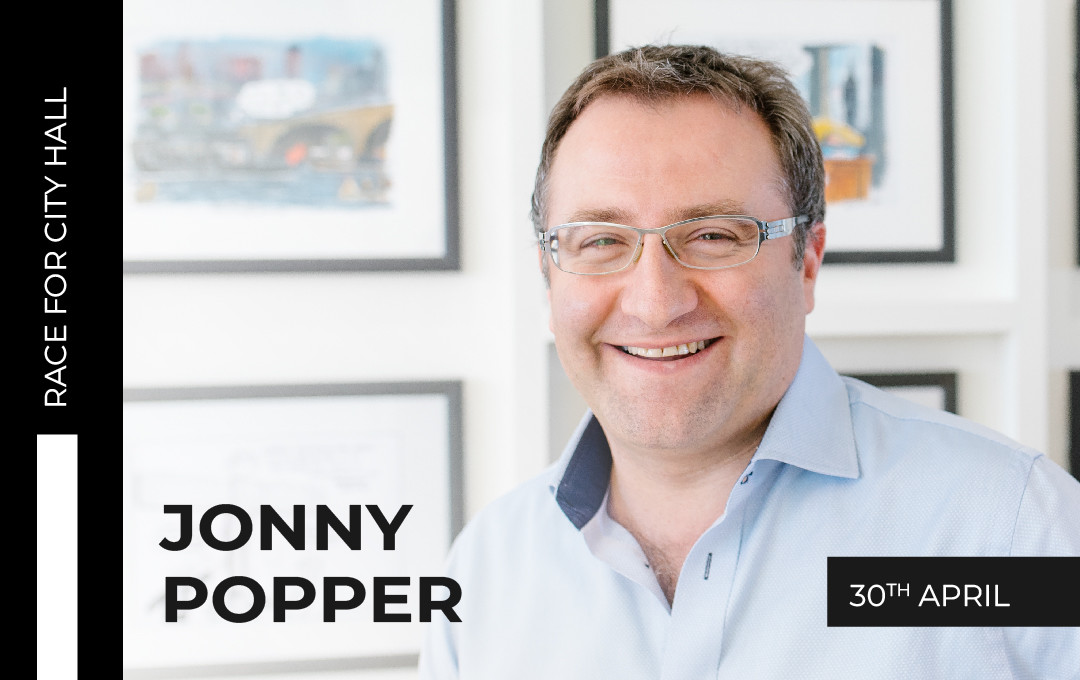Posted: 29.04.24
Race for City Hall: London’s built environment in the manifestos
With just a few days to go until polls open, we’ve now seen all the main candidates manifestos, giving us a good sense of their priorities. For the built environment in particular, the Mayoral contest matters – City Hall sets the planning framework for London, mayors have a role in strategically important planning decisions, and the Greater London Authority’s responsibility for transport, policing, environment, skills and business support all contribute to the London’s attractiveness to do business.

Even though Sadiq enters this Thursday as the heavy favourite, it is a two horse race. Turning first to Susan Hall’s manifesto, the sector – much like Londoners as a whole – don’t know that much about her. With much of the Tory campaign to date focused on crime and rolling back ULEZ, fairly little has been said on housing, development and planning. However her manifesto does includes a section devoted to housing and there’s a strong focus on building more family homes, although there’ll be much scratching of heads over what the phrase ‘high density, low rise’ means in practice. Hall’s manifesto also includes a presumption against tall buildings, unless in ‘appropriate’ places, and vows to protect Green Belt from development. Likewise a commitment to cut red tape around the London Plan remains similarly vague. There’s mention of rebuilding estates at modest densities and an acknowledgement of backlogs in the planning system which she proposed to assist by lending City Hall resources to councils.
Taken together, Hall’s proposals feel like a manifesto for the outer suburbs – perhaps understandably, given where Hall’s core vote lies – but is this ambitious enough for the scale of the housing shortage in London? What’s also interesting - given the level of political intervention in London’s housing and planning by Conservative Ministers - is the absence of any commitments to work together with the Westminster Government on some of the city’s big challenges. Given how shy Hall appears to be to associate with the word ‘Conservative’, this appears likely to be part of a deliberate strategy to distance herself from the unpopularity of her own national party – it is bearing fruit, given she is polling ahead of her Party.
Turning then to Khan, he has an eight year stretch as Mayor behind him and with that comes a record to defend. It’s fair to say that the built environment community has mixed views on his time as Mayor. On the one hand, he’s undoubtedly a good champion for the city both domestically and internationally, and some would argue his London Plan provides clarity on what is expected of developers. Yet, on the flip side, he is sometimes seen as distant from the sector, reluctant to meet with potential investors and that his London Plan has become too inflexible to adjust to the challenges of viability.
So, with Sadiq Khan’s manifesto, the sector is looking for signs things might change in any potential third term. It’s already been widely commented on how Khan’s manifesto is markedly slimmer than previous elections. As a result, there is less detail – but headline commitments include building 40,000 new council homes by 2030, delivering 6,000 of what are called ‘Rent Control Homes’, and the creation of more development corporations and new Land Assembly Zones to support housebuilding. There’ll be a lot of interest in what an ‘expanded City Hall developer’ looks like in practice – similarly, Khan commits to ‘strengthen planning’ so that the London Plan delivers more affordable homes and unlocks growth. To many, ‘strengthen’ will sound like more rules and regulations, as opposed to the greater flexibility which is probably needed to unlock greater development. Retrofit gets a mention, in the context of working with councils and housing associations, and whoever is the next Mayor will need to lay out a much clearer strategic policy position on retrofit in the next London Plan.
It is an interesting exercise to look at what made Khan’s 2021 manifesto but didn’t make the cut this time. There’s no mention of protecting the Green Belt, nor of the amount of affordable homes expected in new schemes, or London Living Rent, and no calls for the powers to bring in rent controls. Some in the sector will welcome their absence. With rent controls and Green Belt, these are policy areas where Labour nationally is in a different place to Khan, likely explaining their omission. In fact, the manifesto reads like it has been written with the close cooperation of Keir Starmer’s office – which would be entirely sensible since Khan has spent his entire eight years as Mayor with a Conservative Government.
While both Hall and Khan devote sections of their manifestos to housing and planning issues, on the topic of major infrastructure investments there is a divergence between the two. Khan talks openly of backing big transport projects such as Crossrail 2, the Bakerloo Line and DLR extensions, Hall’s manifesto makes no such mentions. Improved connectivity driven by public transport investments is key in London to unlocking major sites for development. Yet, whoever wins on 2 May doesn’t command the budget needed to get shovels in the ground on any of the big schemes on London’s wish-list. Instead, the next Mayor has a role to champion and argue for the investment London needs, which is surely easier where there is political alignment between City Hall and Westminster, even though there will be many other priorities for an incoming Government.
And so now we watch with interest the results in London. As ever turnout will be the real determining factor in this election and of most interest will be the impact of the voting change (first past the post) and the need for voter ID. We will have a special election results edition of our LDN newsletter on Sunday so we look forward to analysing the results and following the aftermath – you can sign up here to receive LDN.
